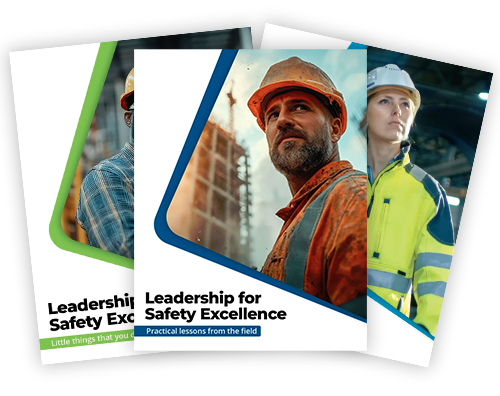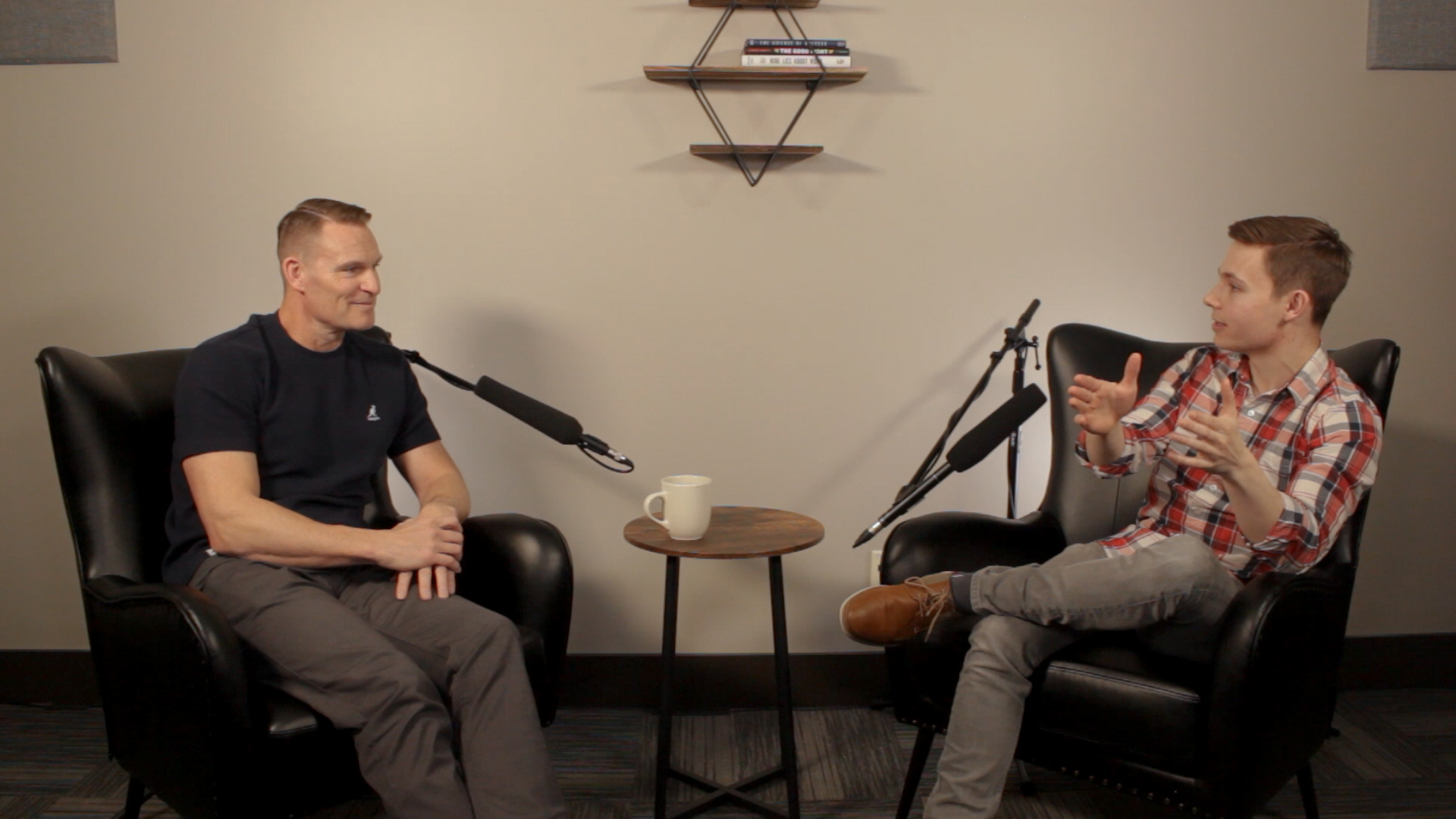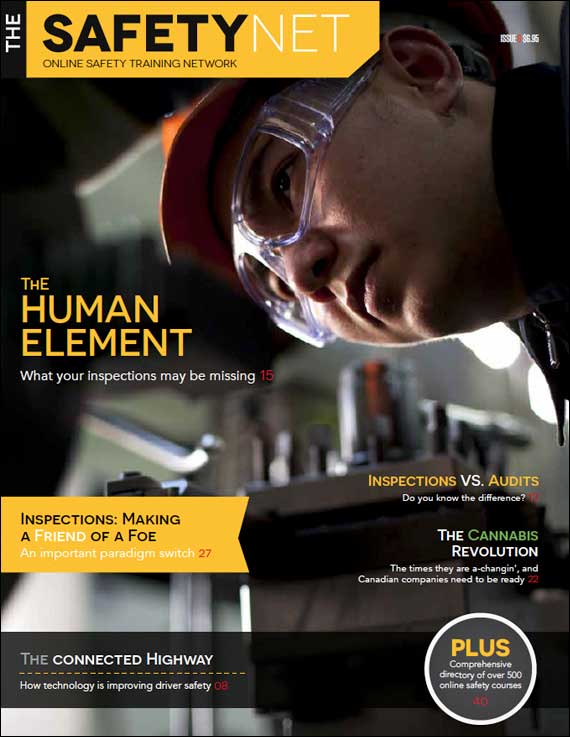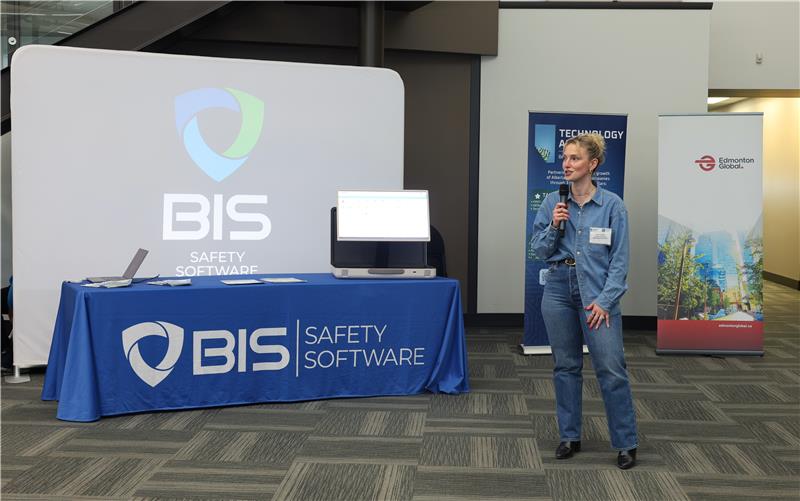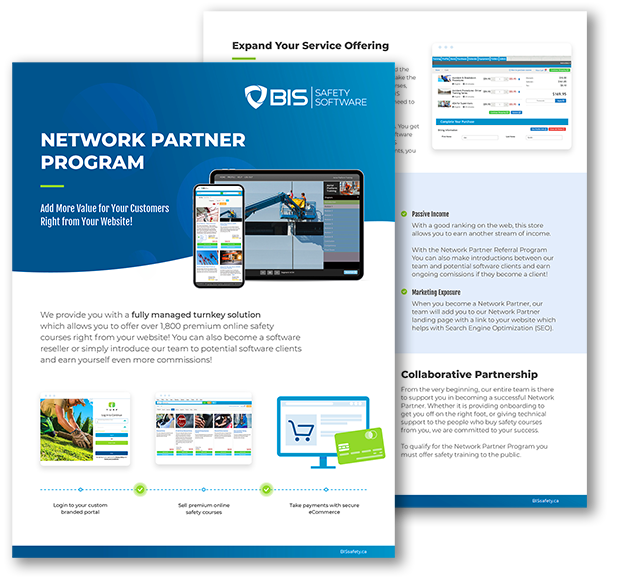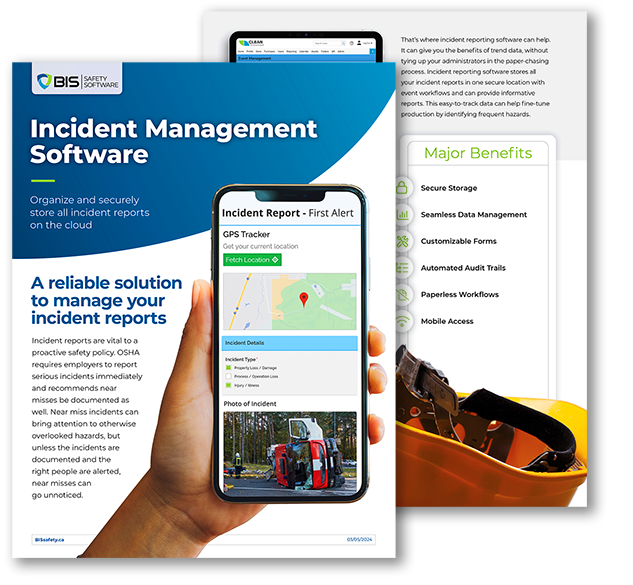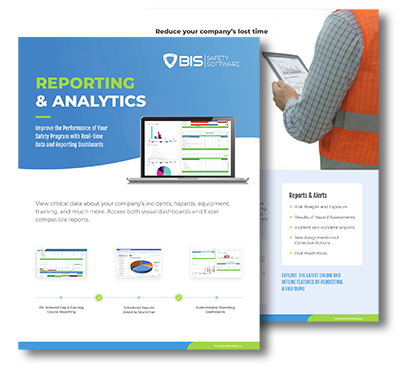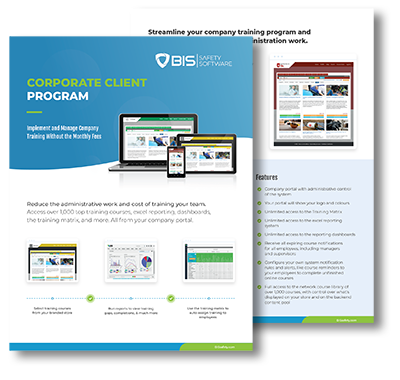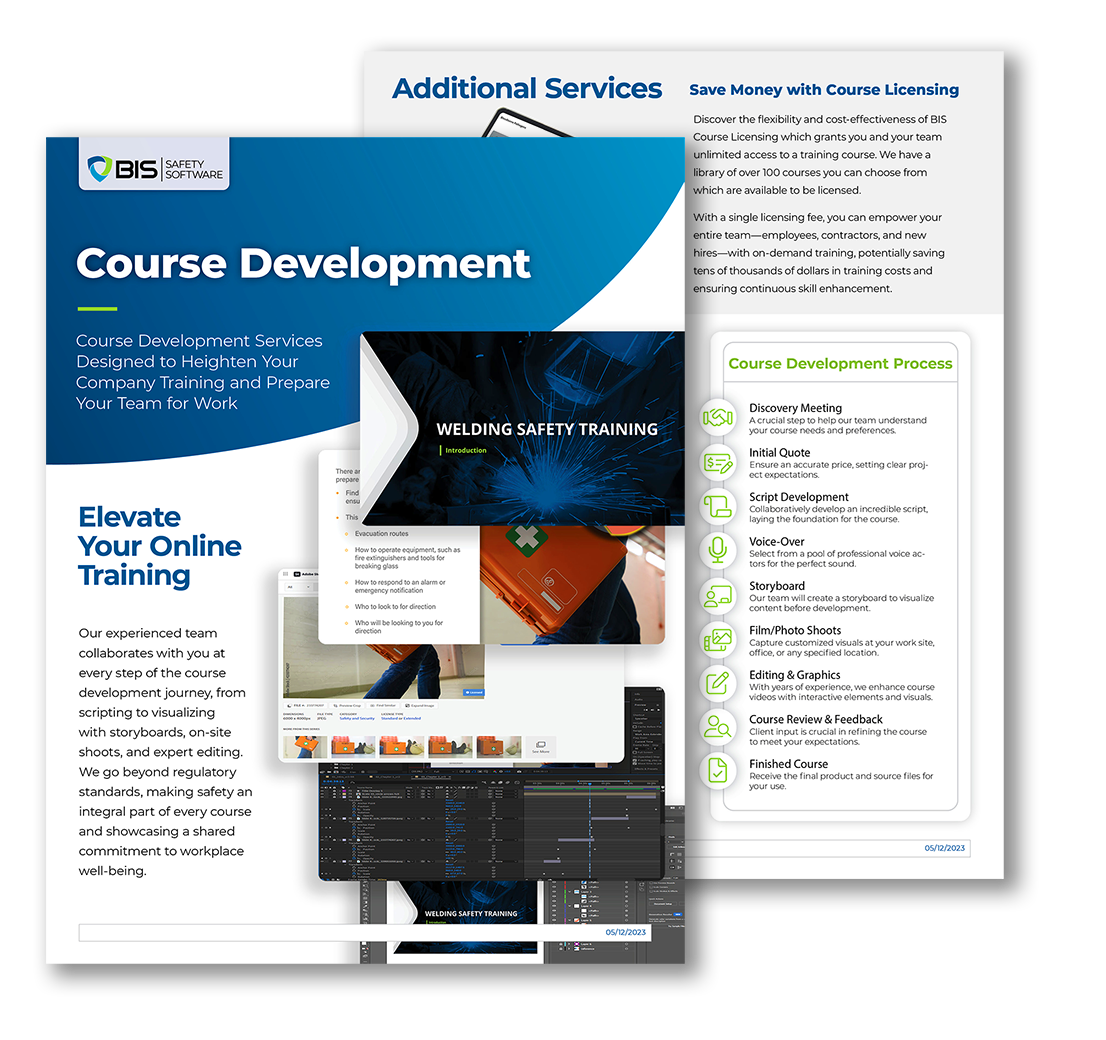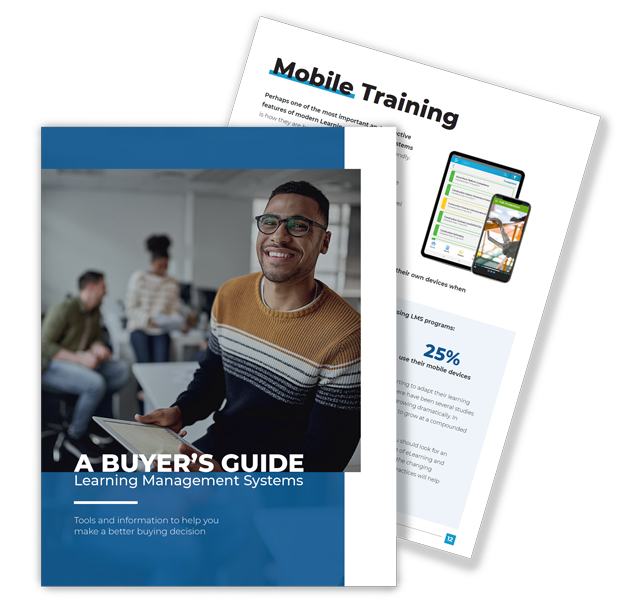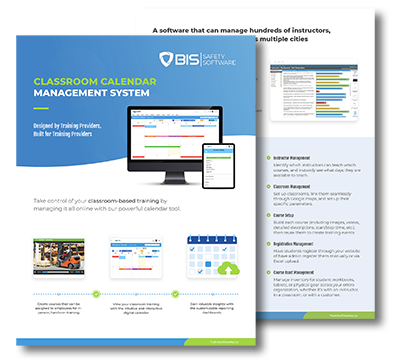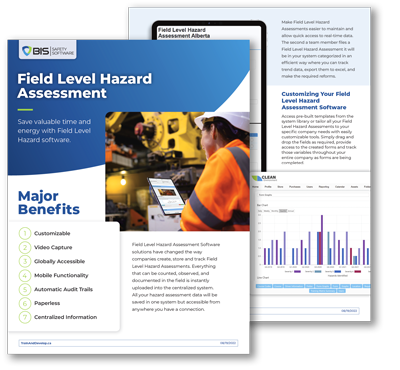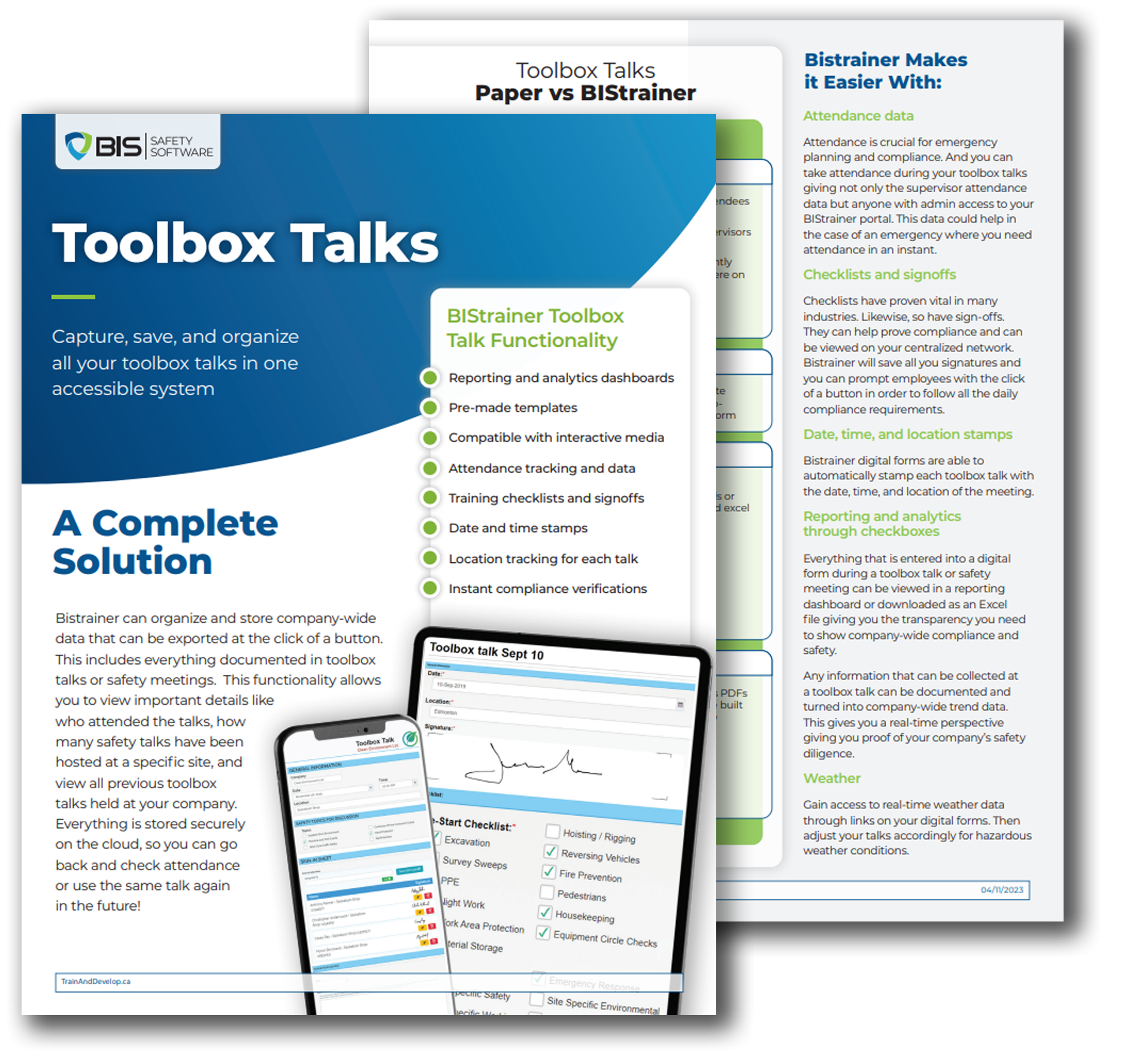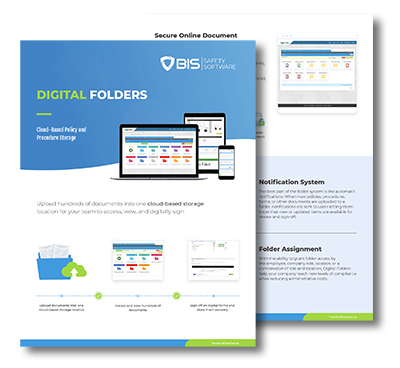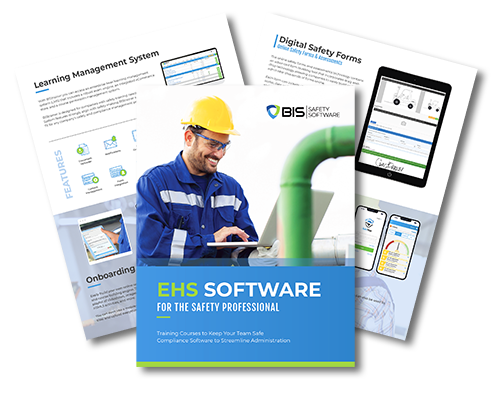How Curiosity, Connection, and Courage Shape a Safer Workforce

Adam Thornton’s safety philosophy goes far beyond rules. Grounded in curiosity, connection, and courage, his approach focuses on understanding real work, building trust, and strengthening cultures where people feel safe to speak up, learn, and lead. With over 30 years of experience across high-risk industries, he champions systems-thinking, ethical leadership, and human-centered change.
WHMIS Refresher Training

A WHMIS refresher helps experienced workers stay sharp by reinforcing hazard recognition, label interpretation, and SDS awareness. It’s a quick, effective way to stay compliant and confident when working with hazardous products.
Spring Start-Up: Lawnmower Safety Training for a Safer Season Ahead
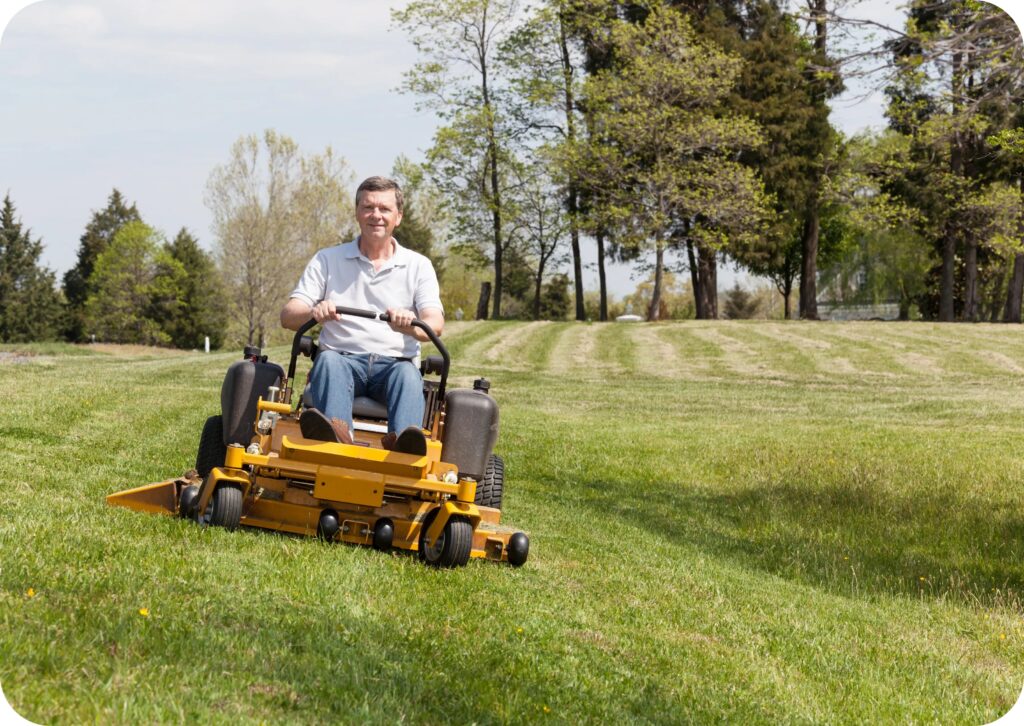
Spring brings fast growth and serious mowing hazards. This guide highlights why seasonal lawnmower safety training matters, helping crews inspect equipment, choose the right mower, manage weather risks, and respond confidently in emergencies.
Confined Space Compliance in Canada: Regulations, Roles, and Real-World Controls
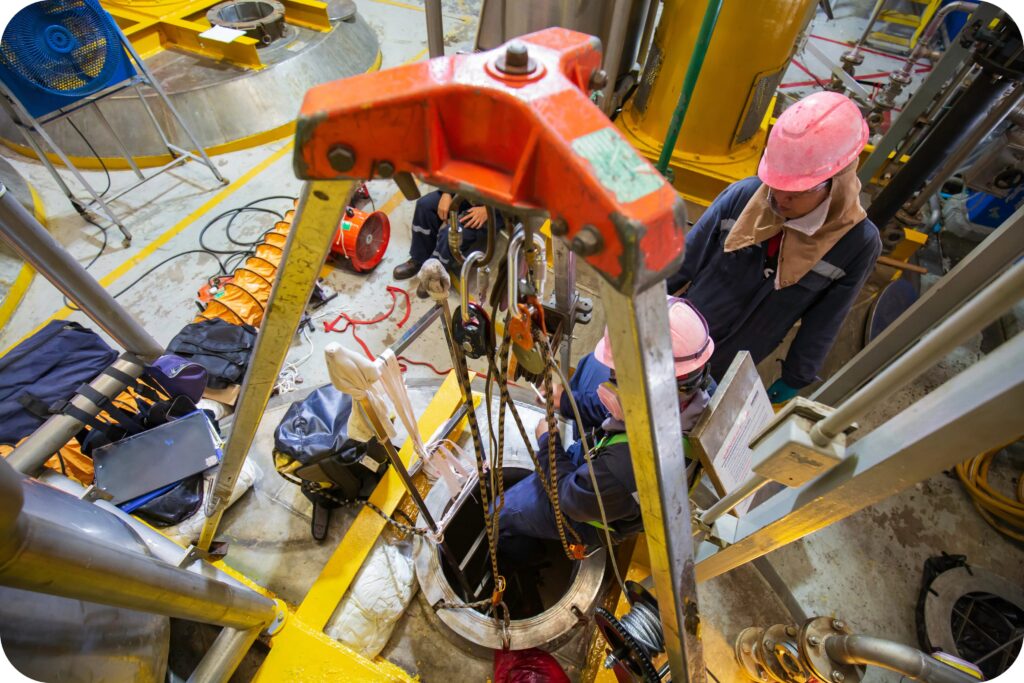
Confined spaces demand precision, planning, and teamwork. This guide explores Canada’s confined space compliance from legal definitions to permits, key roles, and rescue readiness. Learn how employers, attendants, entrants, and supervisors can build safer, compliant workplaces.
Gas Detection: Your First Line of Defence Against Hidden Hazards
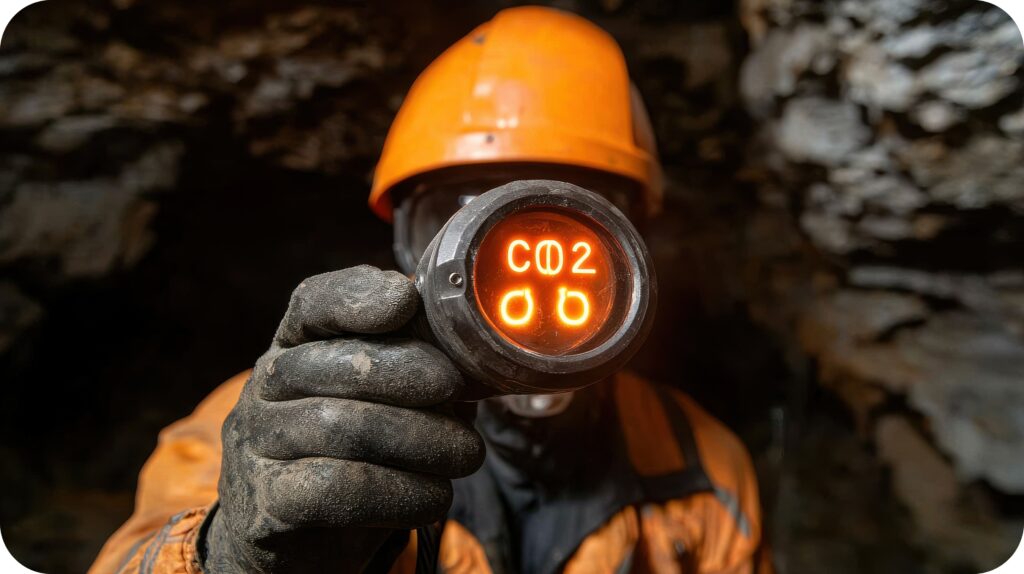
Gas hazards don’t always announce themselves. Choose the right detectors, place and sample correctly, and verify with bump tests and calibration. Train your team to read, respond, and act fast so hidden risks are found before they harm.
First Aid at Work: Everyone’s Responsibility
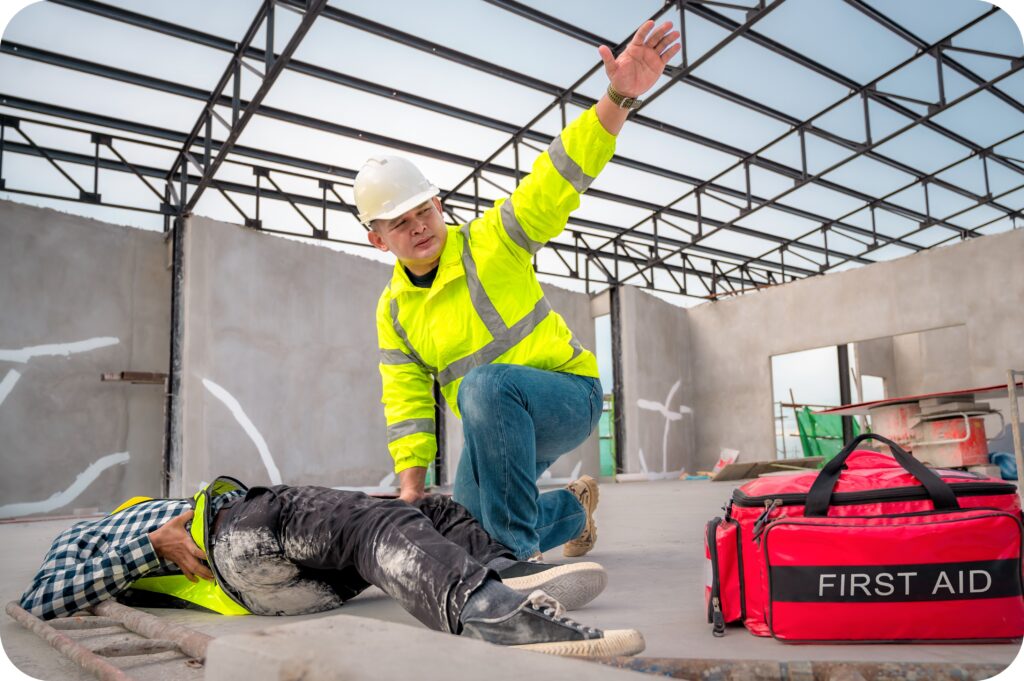
Emergencies can happen anywhere from construction sites to offices. Discover how first aid training in the workplace empowers employees to act quickly and confidently when seconds count.
Gas Safety 101: What You Can’t See Can Hurt You

Invisible and unpredictable, gases can pose serious risks in any work environment. Learn why understanding gas behaviour is critical for workplace safety and how proper training can prevent incidents.
Faster Doesn’t Mean Riskier If You Do It Right

Speeding up onboarding doesn’t have to mean compromising safety. With digital tools, automation, and smart content delivery, you can reduce time-to-readiness while ensuring full compliance—getting new workers on-site faster and safer.
Unlocking Safety and Skills: The Top Benefits of Integrating EHS and LMS Software
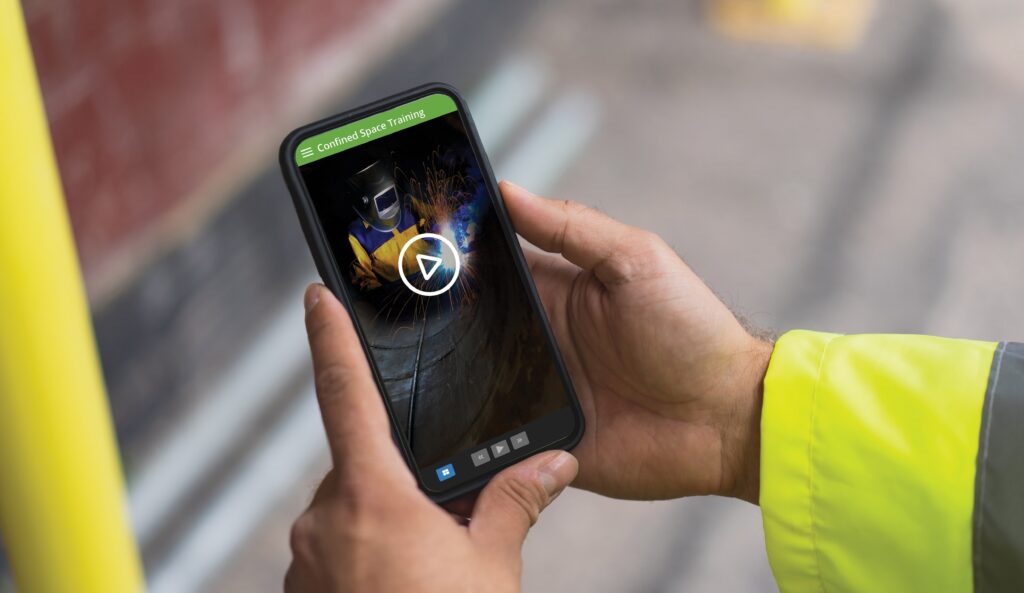
PPE is the last line of defense against workplace hazards—from hard hats to respirators. To be effective, it must be worn correctly and backed by a strong safety culture.
Scott Lyall’s Safety Storytelling: Bringing Humanity to High-Tech Workplaces

Scott Lyall transforms traditional safety training by blending storytelling with scalable technology, creating buy-in, boosting engagement, and turning compliance into culture, He champions “omni-training” for today’s learners, infusing humanity into safety protocols, and aligning safety with company-wide efficiency.



